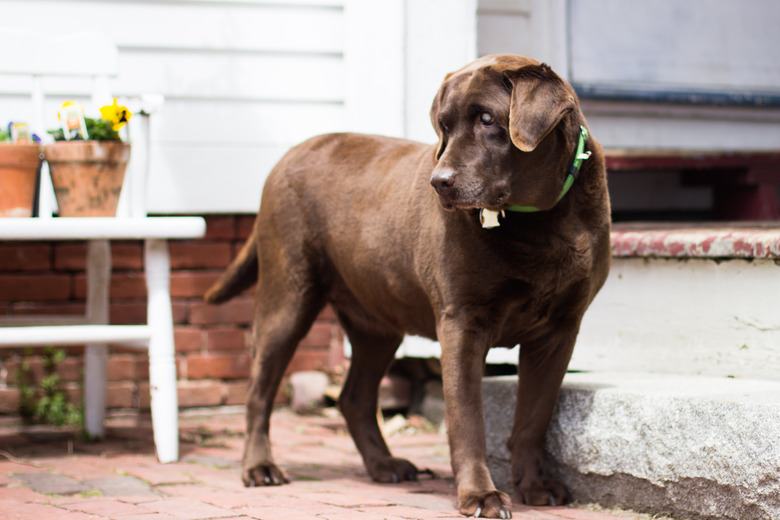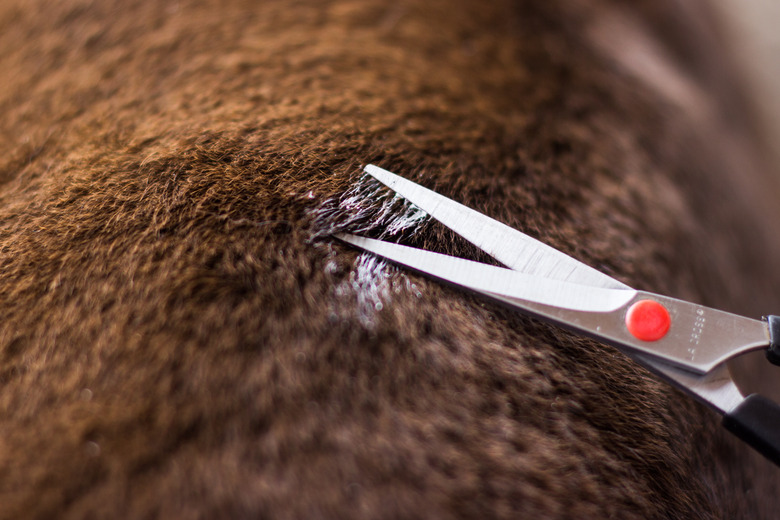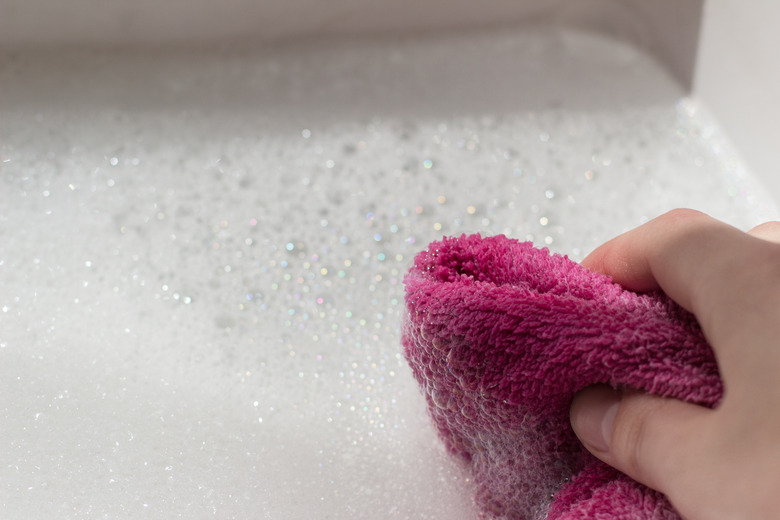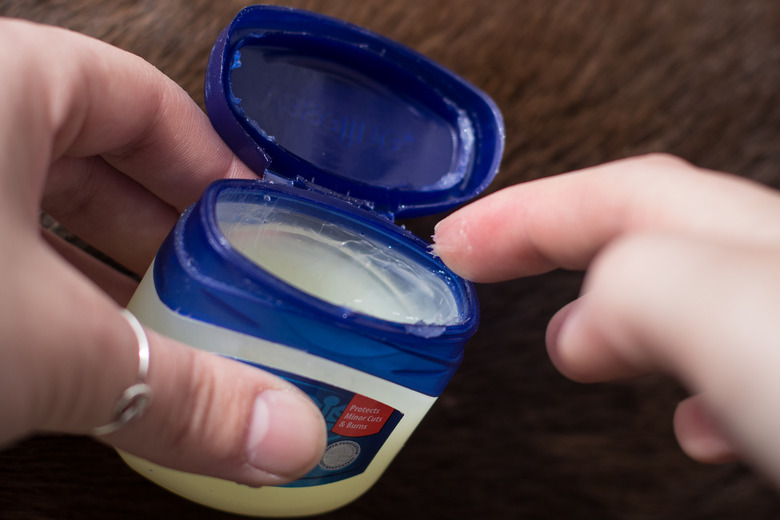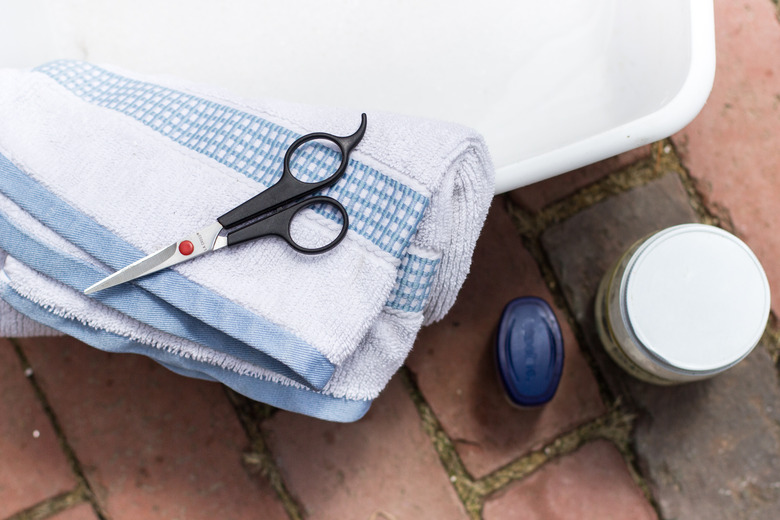How To Remove Paint From Dog Fur
While it might be tempting to use turpentine or other similar solvents to remove paint from your dog's coat, this is never a good idea. Strong chemicals can cause skin irritation and are highly toxic if ingested. If Fido got a little too curious and ended up with some paint on him, however, there are things you can do to remove the color without putting him at risk.
Check the Extent of the Damage
Check the Extent of the Damage
Before you do anything, examine your dog's fur carefully to see how much paint is on it. Look at his paws, between his toes and on his belly as well. If the amount of paint is small or only on surface hairs — rather than touching the skin — you can simply use scissors to cut off the paint. Always use scissors with a rounded tip when cutting hair on the body and don't use scissors around the face and eye area. To avoid cutting your dog's skin, use a comb to raise the hair and cut the hair above the comb. Cut small amounts of hair at a time and always pull the hair away from the body before you cut so you don't nip the skin by accident. If you are unsure of your skills, take your dog to a groomer. A trip to the vet for cutting the skin will be far more expensive.
Start With a Bath
Start With a Bath
If cutting hair off is not an option, you can try washing your dog using warm water and soap. This works well if the paint is acrylic or latex. Avoid the eye area and wash the rest of the affected fur using a wet rag or shower puff. Rub the rag over the paint and let the hair get soaked. If the paint is relatively fresh or covers a small area, you might be able to get it off using this method. Keep in mind you might need to repeat the process several times before the paint comes off.
Resorting to Stronger Products
Resorting to Stronger Products
Oily substances such as cooking oil, mineral oil or petroleum jelly can help soften the paint so it can be removed easier. Simply soak the area where the paint is and allow it to absorb for a few hours. Then sprinkle some powdered starch to help absorb any liquified paint and excess oil. Use a comb to brush away the products, then bathe your dog. Do not use any irritating products near the face and especially avoid these products around your dog's eye area.
Seeking Professional Help
Seeking Professional Help
If you were able to remove the paint using an oily substance, follow up with a warm bath with soapy water. Finish with a vinegar rinse. This will help get rid of any paint residue or powder still lingering on the fur. If your dog has a lot of paint or requires extensive clipping to remove the paint, consulting a professional groomer is the best solution. Seek professional medical attention for your dog right away if you believe he may have ingested paint.
